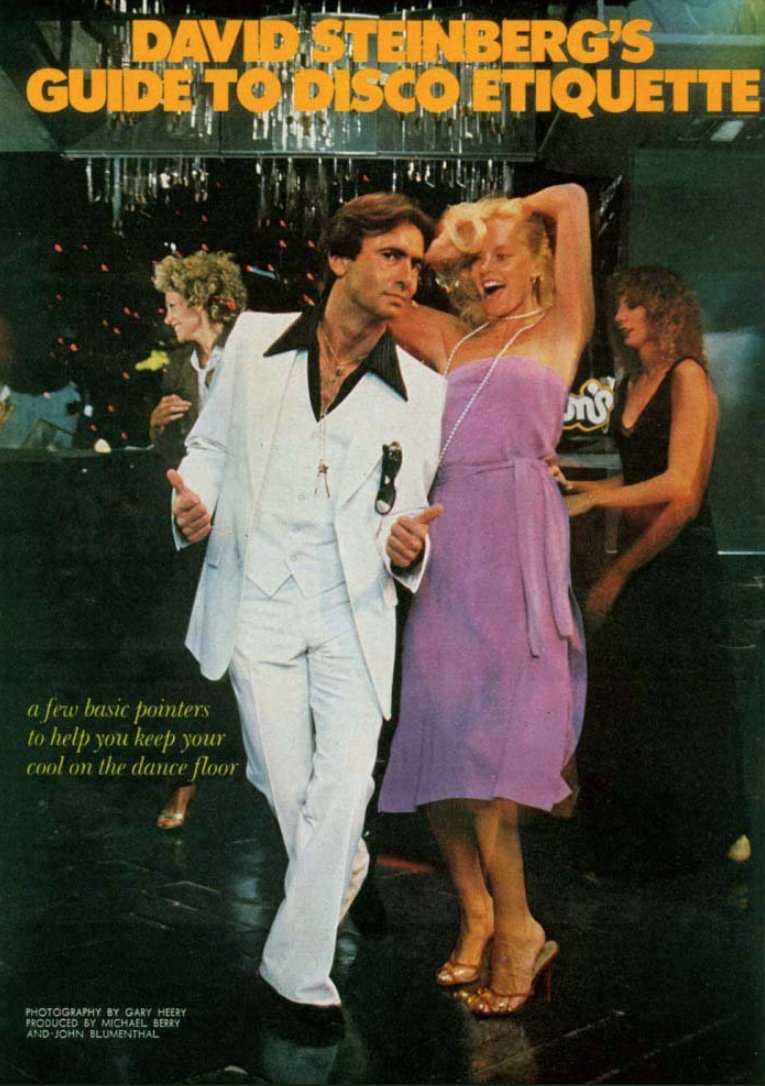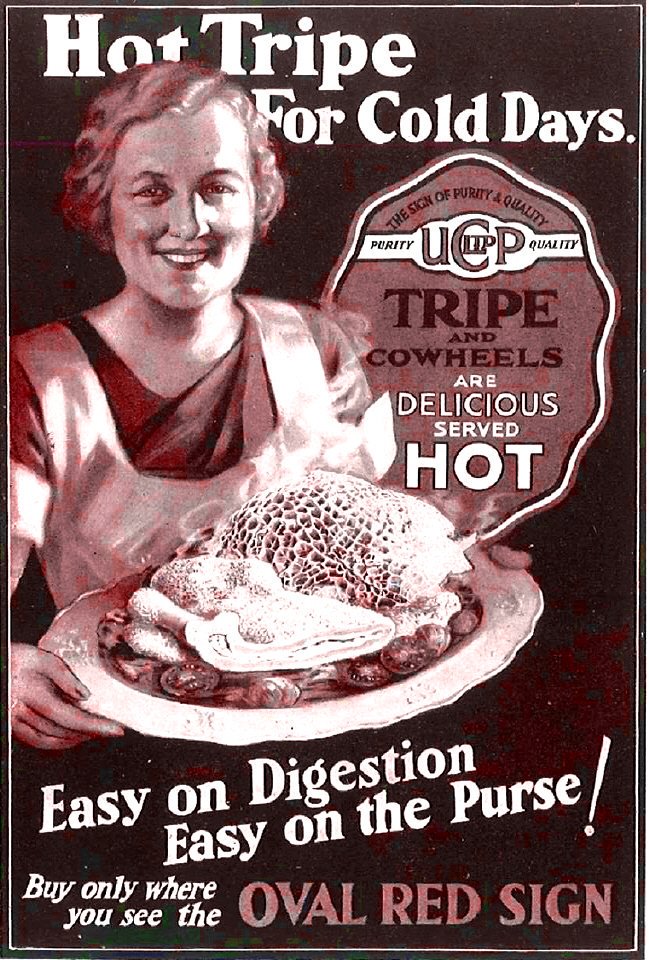
David Steinberg did try to warn us. Unfortunately he did it through the medium of Playboy magazine... 



• • •
Missing some Tweet in this thread? You can try to
force a refresh
































